Introduction
Leadership, A trustworthy competency management system constantly works to achieve high performance, improve consistency of standards and provide a chance for enhancing skills to thrive in an organisation.
The competency mapping needs to be evolving to build required capabilities and address emerging challenges. One should invest in an organisation considering factors like understanding the business and leadership team of the organisation.
Theodore Levitt in 1960, HBR article Marketing Myopia said, “in these days organisations are customer created and customer satisfying organisms and winning at marketplace is giving customers enough reasons to choose”.
In this regard it is important to analyse competencies for customer focussed leadership. In a knowledge-based competitive economy, every organization needs to assess the competency of their workforce and takes measures to develop them on regular basis.
Competency is the capacity of an individual developing behaviour, adequate for the job demands governed by parameters given the organisational set up leading to achieve the goals. The competency mix is comprised of Knowledge, Skills, Attitude and Values those lead to effective discharging of organisational responsibility.
Competency mapping is used to identify key attributes like knowledge, skills, and behavior attributes those needed for effective job classification. In competency mapping the organization assesses the strengths and weaknesses of individuals and informs them the areas they need to focus for career development.
Assessment of strength and weakness of leadership and suitable measures to increase competencies of leadership are important for performance and sustaining of the organisation.
To understand the relationship between leader and leadership, quoting following powerful analogies would help.
Analogy 1:
Mother Vs Motherhood
An individual mother is a powerful figure as a member of a family. However, the concept of motherhood is focused on nurturing the next generation of children so that they can grow up to be contributing members of society and make their families proud.
Analogy 2:
Shepherd Vs The Leading Sheep In A Group
“A leader is like a shepherd, he stays behind the flock, letting the nimblest go out ahead, whereupon the others follow, not realizing that all along they are being directed from behind.” (Ulrich et al, 2007)
Hence leaders’ matter but leadership matters more. Leadership is related to the process of building leadership. Good leaders can develop organization’s leadership capability. So, the organisation would sustain in future.
Leadership requires the X factors or the system that will help to build future leaders who can meet customers and investors’ expectations. Hence, the prime focus of any study on leadership should not be what are the effective attributes of a leader but should be what can be done for effective leadership.
In the current situation some of the abilities grow from heritage and some are learned from experience. An analogy to this end could be why some people wait for the organization to spoon feed the way to serve a customer and why some people they do not.
They will just do it for the organisation. In an organization context we need to define what percent of leadership code could be learnt from experience and what comes from heritage.
This will give us a reason to focus what leadership behaviours to look for in recruitment and what leadership behaviours to focus on leadership development.
Major Observations on Leadership Competencies
The main objective of this section is to analyse the competency mapping for the marketing agents and leadership competencies.
The analysis specifically aims to prescribe competency of marketing agents for Vester-gaard (a premier organization in pharmaceutical sector) after having a detail study of familiar marketing professionals both in and outside the pharmaceuticals sectors.
1. Master Thinker:
- Thinks strategically and Thinks out-of-box. Imagine opportunities by connecting missing links which are hidden in plain sight.
- Challenges the status-quo and asks incisive questions that open minds and incite the imagination.
- Engages everyone shopping for ideas.
- Picking up early warning signals of issues that are just emergent or gaining traction.
- Envisages the future by imagining ennobling possibilities.
- Has the personal imagination to construct patterns from emerging disparate trends.
(Source: Know-how by Ram Charan, 2007)
2. An Energetic Leader Who Initiates, Executes, Influences, and Inspires
- He is the first to trust.
- He is a cheer leader who adds fun to everyone’s work, personalizes recognitions, and makes every celebration memorable.
- Has the energy and drives to take things to the next level.
- Always goes the extra mile to seize the opportunity for challenging and bigger assignments.
- Able to prioritize among four criteria – what is important, what is urgent, what is long term versus short term, what is realistic versus visionary?
- Can take a judicious decision in the absence of clear picture, precedents, and guidelines.
- Creates a climate for learning and always encourages reverse mentoring.
- Maintains a disciplined follow-through.
- Has the courage to give honest feedback so that his direct reports could learn and grow.
- Able to spot talent and uncover the gifted abilities of other individual.
3. A Great Communicator and a Skilled Builder of Relationships and Networks
- Understands the dynamics of communications and relationships at workplace and masters the art of a customized delivery in one-to-one setting to one-to-many settings.
- Creates places and opportunities for informal interaction.
- Remembers other’s names.
- Tactfully rejects questions that are too personal.
- Summarizes frequently.
- Rehearses criticism and selects the appropriate emotional timing to criticize in private. Organises ideas for greatest impact.
- Has a rich archive of best-selling words.
(Source: Dianna Booher,1994)
4. A Wonderful Team player
Has comprehensive knowledge and experience on team dynamics to build and sustain a high-performance team.
- Knows how to subordinate individual priorities to the group’s purpose goals.
- Willing to accept experience, knowledge and learning from others.
- Recognizes personal sensitivities, group discipline.
- Does not pass blame on to others and accepts responsibility for outcomes.
- Makes personal sacrifices to meet larger group goal.
- Constructively argues and discusses not for consensus but to seek the best logical answer.
Has clarity and expertise regarding –
- Figures out which performance challenges are best accomplished by individual assignments and which requires team effort.
- How to constitute a team based on complementary skills, not position.
- How to share and do equivalent amounts of real work.
- How to articulate and communicate the expected team behaviours and get the team to commit to them.
- How to surface and resolve team conflicts, considering personal sensitivities but without making poor compromises on position and power.
- When electronic interactions are best than formal get together.
(Source: Jonr Catznbach and Douglas K. Smith,1993)
5. A Live Example to Deciding, Acting, Delivering and Staying Fast
- Builds shorter processes that use less paper and connects people digitally for faster delivery of goods and services.
- Constantly upgrades the IT quotient to adopt the web lifestyle since IT these days is the common denominator across all functions.
- the length of a process at least once in every year.
- Facilitates in architecting and deploying the digital nervous system in his function for faster turnaround.
- Rewards worthy failure – experimentation.
- Digitally links virtual teams from separate departments and geographies.
(Source: Bill Gates, 2000)
6. A Lifelong Learner for High Technical Expertise (Related to concerned discipline)
Technical expertise in Marketing
- Convincingly presents features and benefits to customers.
- Making sure that customer orders are filled correctly and delivered on time.
- Checks that customers have received proper instructions, training, and technical assistance in the use of the product.
- Architects the introduction of a new product or services with benchmark speed to market.
- Maps and Targets Prospects with high accuracy.
- Constantly builds cross functional expertise in managing People, Finance, and IT applications to assume higher responsibilities.
(Source: Kotler, P. (2003)
Sample Maturity Banding: Major Competencies of leadership
It is important to analyse the characteristics and competencies of sample maturity banding. It is observed that all the major leadership competencies as per Kouzes J.M and Posner, B.Z. (2017) and Ulrich, D and Smallwood, N ( 2007); Leadership Brandalong with the behavioural descriptors which were administered in a focused group interview at NTPC, NOIDA across different experience level. The observations are summarized (Daash, 2012).
Major Competencies of Leadership
1. MODEL the Way
- Having a clear sense of mission, knowing where we are headed and seeing the end results. (05 years’ experience).
- Engaging everyone shopping for ideas, search for the best practices as well as the “next practice” (5 – 9 years of experience).
- Doing all that builds trust and practice integrity (>/ 10 years of experience) .
- Displaying good peripheral vision for how to scope, scan and interpret signals hidden in plain sight. (>/ 10 years of experience) .
2. INSPIRE a shared vision
- Discovering a compelling common ground in every vision. (0-5 years’ experience)
- Communicating the common vision in an attractive, appealing way with bestselling words, imagery, and metaphors. (0-5 years’ experience)
- Convincingly articulating the vision of the future to the members of his team. (5 – 9 years of experience)
- Engaging the team members in a dialogue about their hopes, dreams, and aspirations. (>/ 10 years of experience)
- Generating buy-in of solo experts to practice the power of collective “group think”. (>/ 10 years of experience)
3. CHALLENGE the process
- Asking incisive questions that open minds and incite the imagination. (0-5 years’ experience)
- Having great Emotional Quotient to stay on course even if fatigued or discouraged. (0-5 years’ experience)
- Challenging the status-quo in the absence of a blessing or “buy-in” from key individuals in the organization. (5 – 9 years of experience)
- Having the courage to say no on logical grounds, even to influential and powerful people and even if it will make them unhappy or upset. (>/ 10 years of experience)
4. ENABLE others to Act
- Having the courage to give honest feedback so that his direct reports could learn and grow. (05 years’ experience)
- Providing challenging and value-added stretched assignments for all his direct reports. (5 – 9 years of experience)
- Communicating an activity with a clear line of sight to business outcomes. (5 – 9 years of experience)
- Creating a climate for learning and always encouraging reverse mentoring. (5 – 9 years of experience)
- Enlarging people’s sphere of influence and strengthening others by sharing power and discretion. (>/ 10 years of experience)
- Making it safe for others to experiment. (>/ 10 years of experience)
Conclusion
The main aim of the paper was to analyze the competency mapping of customer-focused leadership. Most organizations believe that their competency-based leadership development once established shall require cosmetic changes while the basic architecture shall remain the same.
But as products and services evolve with changing customer expectations, the essence and process of leadership development should also constantly change, very often both the skeleton and the flesh need a radical review.
Competency is a moving target. Any Competency Management Concept is not a permanent solution that will instantly solve all the problems for ever. Hence organization should be treated as an unfinished prototype, which should be evolving and upgrading to better competency management framework that is difficult to imitate and will give you a competitive advantage.
As you can see, having a strong hold in Leadership can get you very far ahead in life. At RCM, we cater to every student’s needs and requirements to help develop proper Leadership Skills to open a window of opportunities to excel in life.
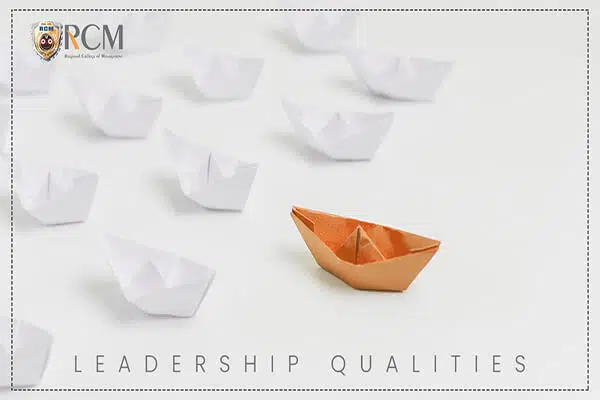
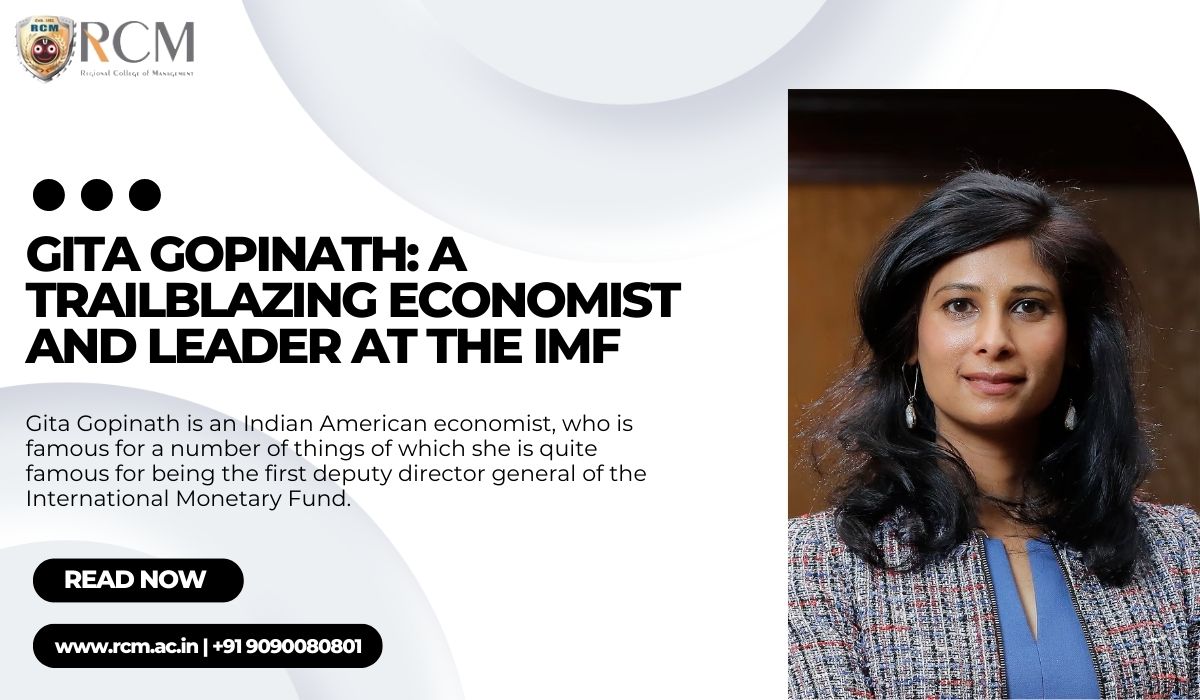
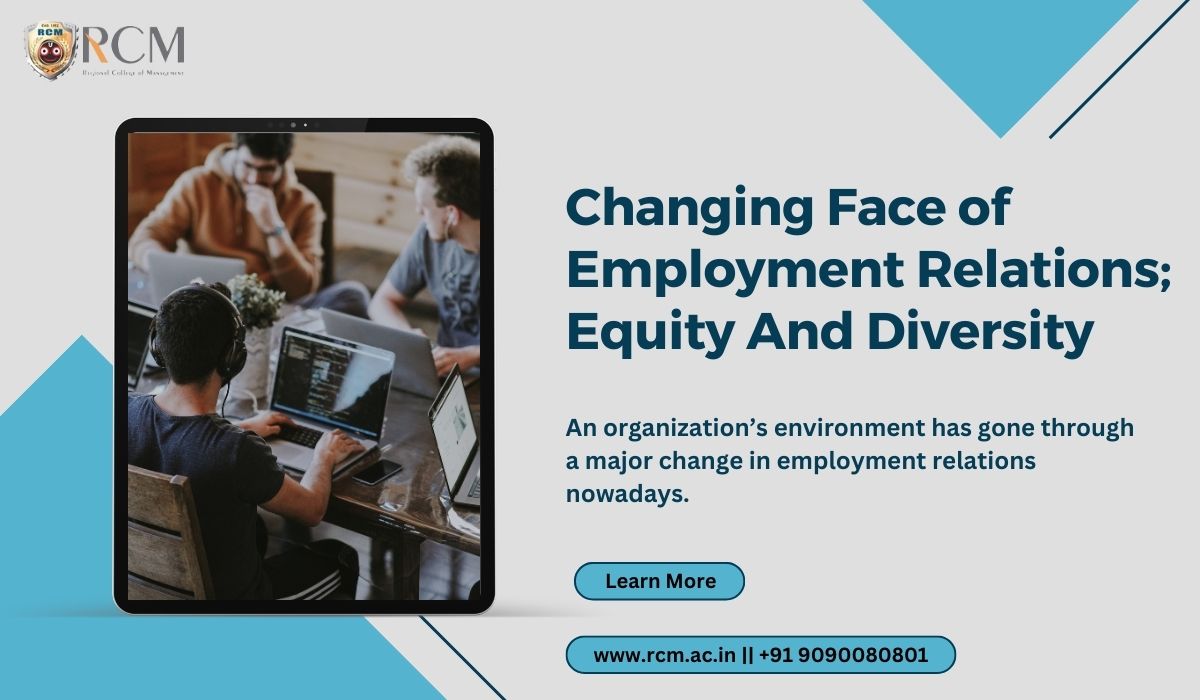
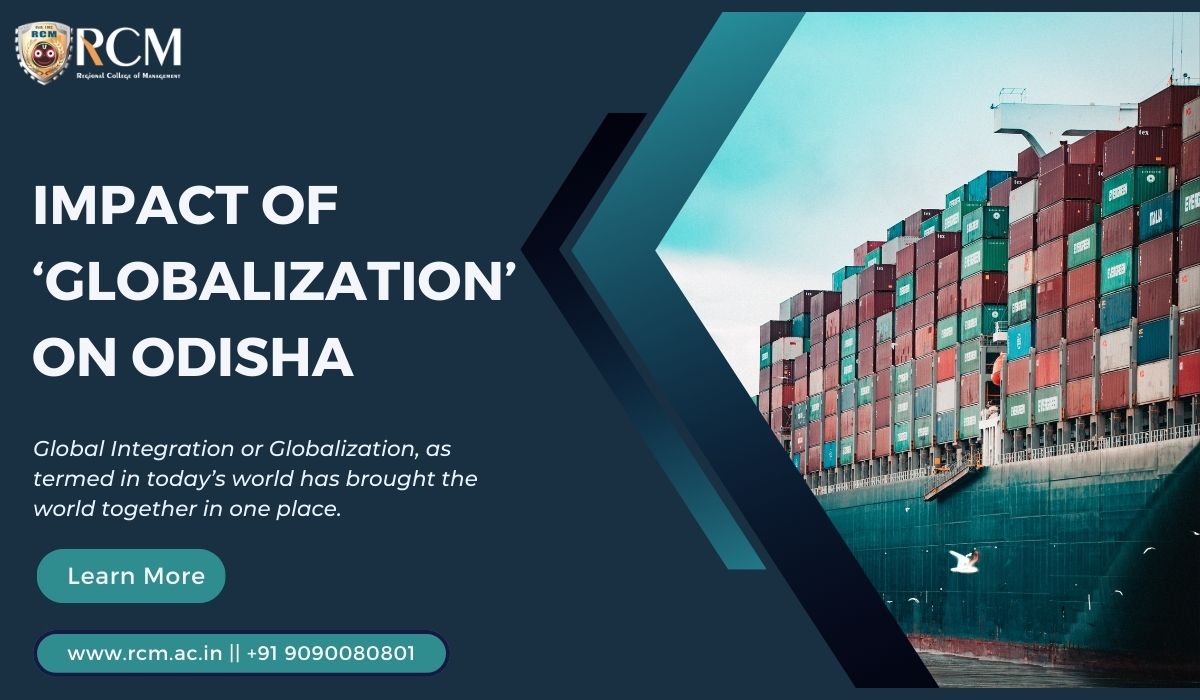

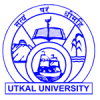
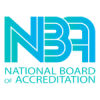
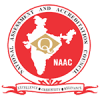
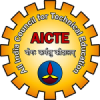

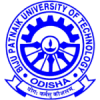
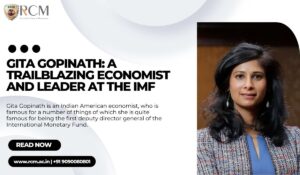
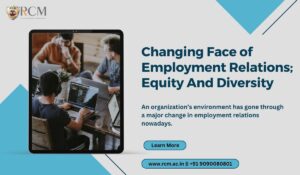

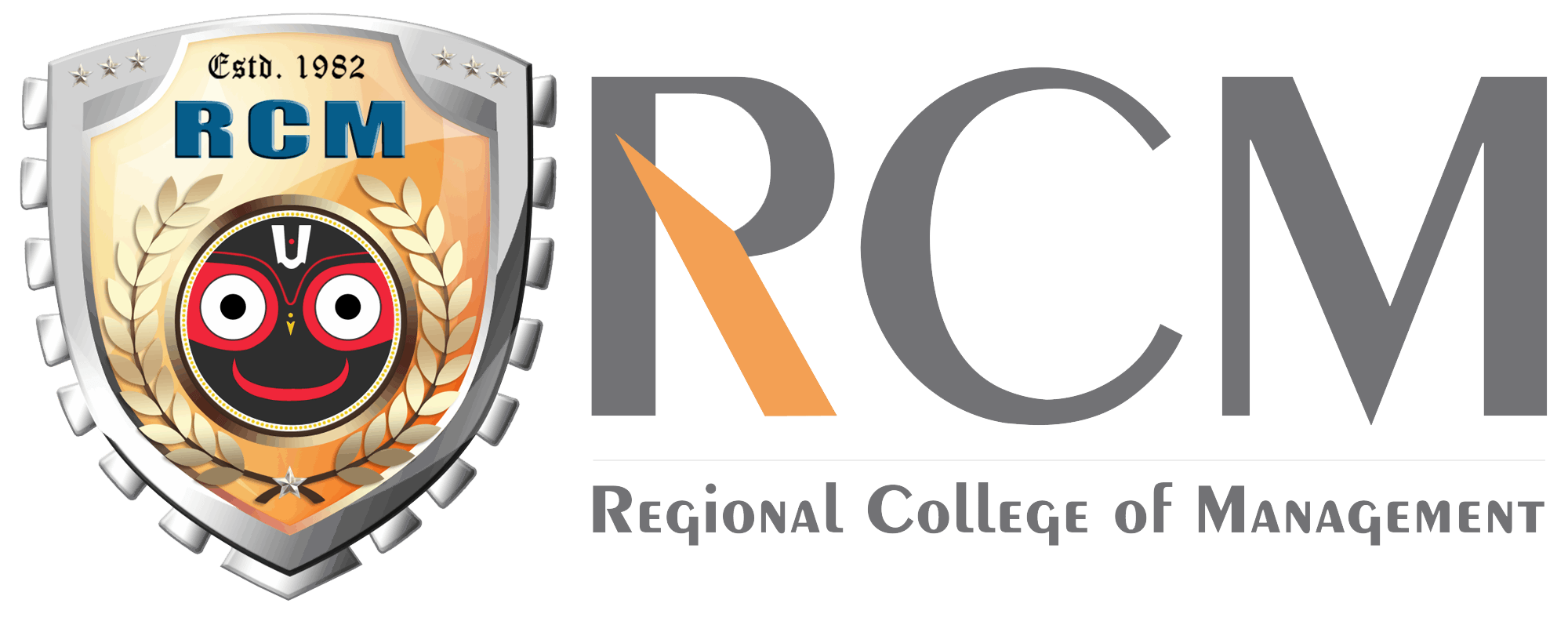
6 Comments
Pingback: How Globalization is linked with MBA Course Graduates
Pingback: How to Manage Risks in Financial Market?
Pingback: PGDM OR MBA I Why to Choose PGDM Over MBA
Pingback: Branding Leadership: Mastering Competencies from Outside In - RGBS
Pingback: Career in Marketing after PGDM : Benefits, Scope, and Opportunities
I like this site because so much utile material on here : D.